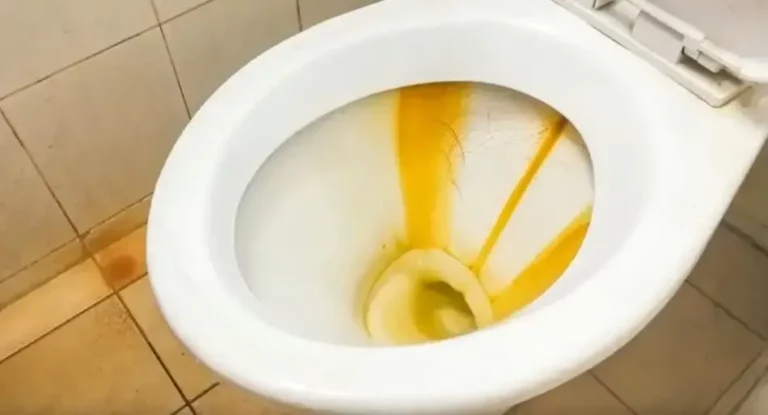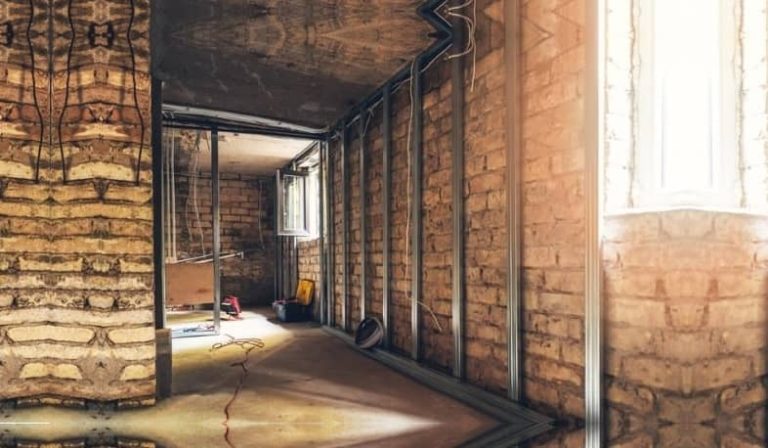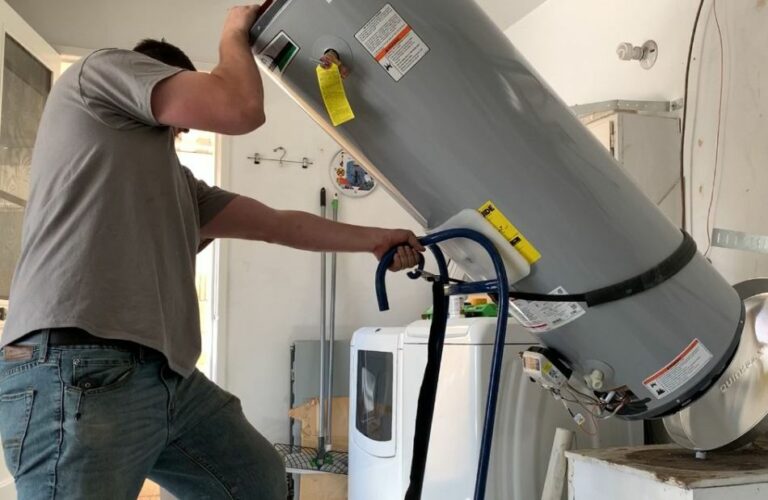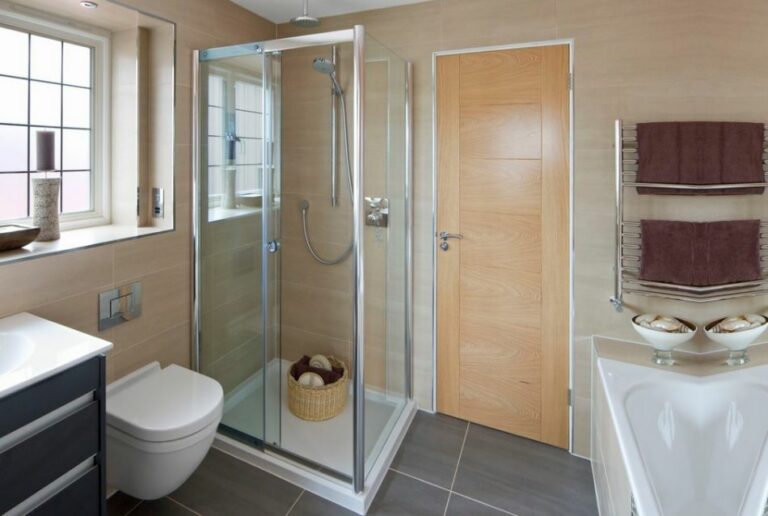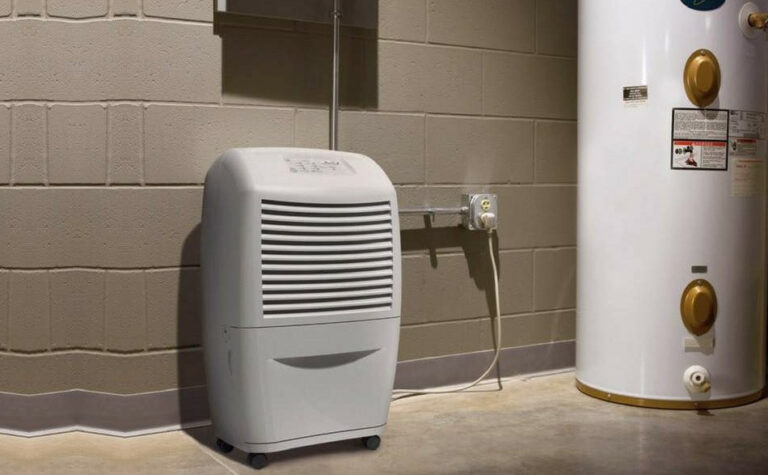Why Do Bathroom Walls Sweat Yellow? (How To Prevent It)
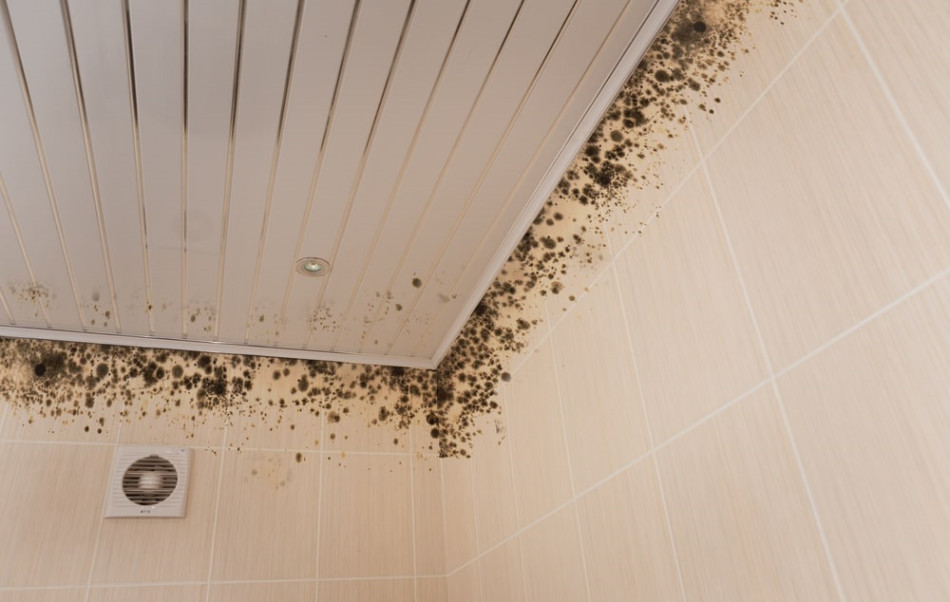
The appearance of yellow stains on the bathroom walls and ceiling is an unpleasant surprise for everyone. In most cases, it is mold that was formed due to poor maintenance of the bathroom. Mold is dangerous for human health, so it should be removed immediately. However, to get rid of yellow stains, you should first know how they are formed. In this article, we’ll talk about that. So, let’s start!
Why Do Bathroom Walls Sweat Yellow? Bathroom walls sweat yellow due to mineral deposits that are created after the moisture evaporates. These deposits form a yellowish substance that sticks to the wall due to poor ventilation and high humidity level. Also, the cause can be shampoo deposits, smoking, and a heater that is too close to the wall.
Given that yellow stains are most often caused by water, when you notice them on the walls or ceiling of the bathroom, you can conclude that you have had a problem with poor ventilation in the room for a long time or that you have not maintained the bathroom well enough. Keep reading to find out how to prevent this scenario and avoid yellow stains in the future.
Table of Contents
Why Do Bathroom Walls Turn Yellow?
As we mentioned earlier, the most common cause of yellow stains on bathroom walls is the formation of mold or mineral deposits due to prolonged exposure of surfaces to water evaporation during personal hygiene. Let’s see together how exactly water evaporation causes yellow spots.
1. Bathroom Mildew
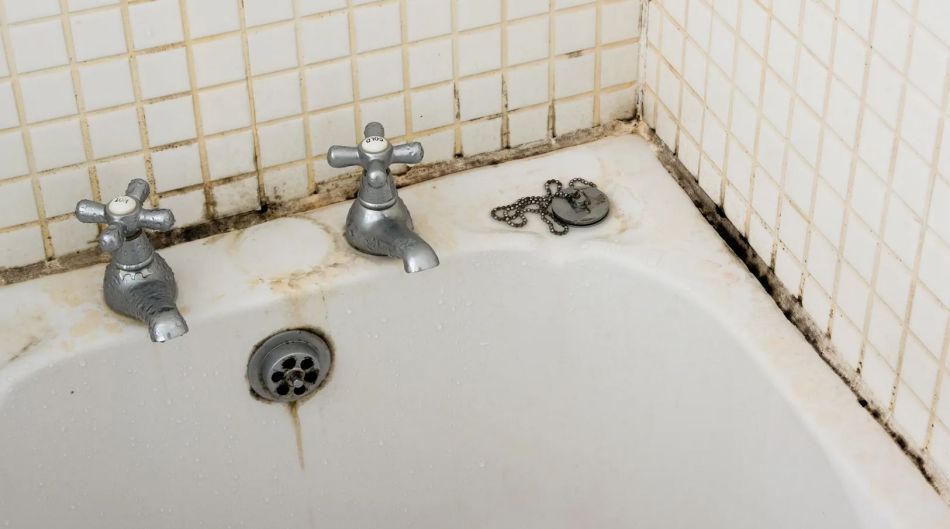
When we talk about mildew, we talk about the fungus that needs moisture and heat to develop and grow. Mildew is not unusual in bathrooms that have poor ventilation. You will be able to tell if your bathroom is affected by mildew, not only by the yellow spots on the walls but also by the formation of spots of other colors.
Types of mildew are distinguished by their color, which can be: white, yellow, green, brown, or black. However, in areas with a moderate climate, yellow mildew appears most often in everyday life. Once yellow mildew appears, you should know that it is not so easy to get rid of, which is why it is very important to do your best never to let it enter your home. We will discuss preventive measures against mildew in the bathroom later.
2. Condensation
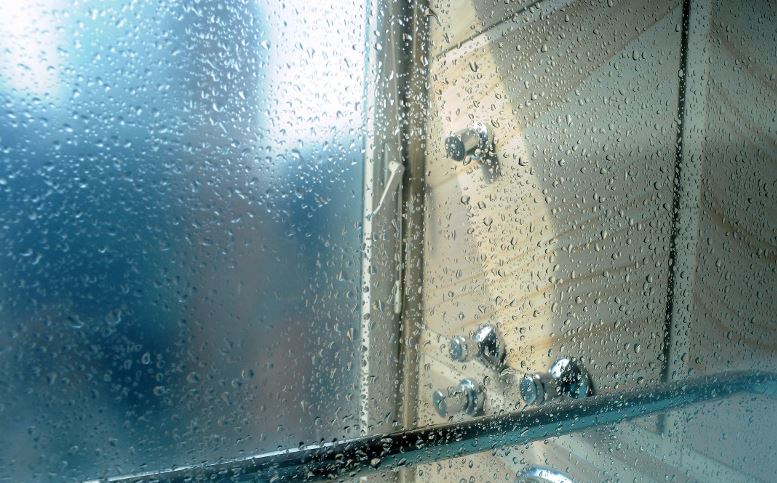
While you are enjoying a long shower with hot water, your bathroom is filled with steam. If the window is closed at that moment or the ventilation is not working, moisture accumulates on the surface of the walls. Due to the large difference in temperature of the water droplets that form on the walls and the wall’s surface, condensation occurs.
If you do not ventilate the room immediately after turning off the shower, the moisture on the walls will slowly dry and leave behind yellow deposits of minerals. In order to reduce the risk of accumulation of mineral deposits, it is recommended to ensure adequate airflow in the bathroom during the shower. If an open window or increased ventilation bothers you, ensure to ventilate the room immediately after you finish showering.
Related Article: Can You Vent a Bathroom Fan Through The Soffit?
3. Bathroom Heating Appliances
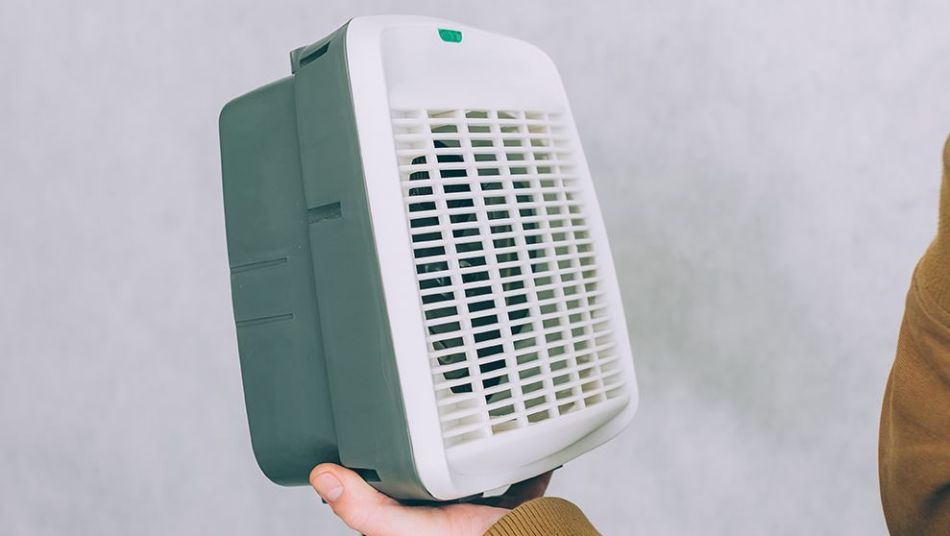
If hot showers are not your thing, and if you are sure that the yellow spots on the walls or ceiling in your bathroom cannot be the result of mold or mineral deposit formation, then it is most likely that the cause is some heating appliance in the bathroom. This can be an electric or gas heater or radiators that are placed too close to the wall.
When, due to the three reasons mentioned above, the heating element in the bathroom directs too much heat to one place, the wall will take on a yellow color in that location and may even begin to crack after a while. Also, you should know that heating elements create by-products, some of which can cause the appearance of yellow spots on the walls in the room.
4. Stains Created by Soap
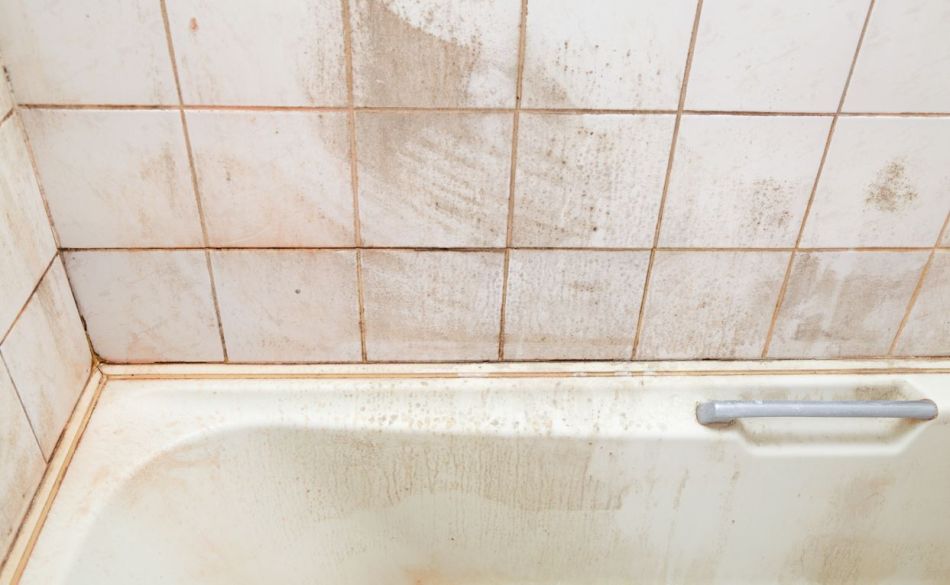
Many people do not pay too much attention to the composition of the soaps and shampoos they use every day. They do not know that soaps can contain artificially created chemicals that the water during the shower cannot break down. Over time, such personal hygiene products will certainly leave ugly yellow stains on the bathroom walls and ceiling, especially near the shower and bathtub.
How To Remove Yellow Stains From Your Bathroom Wall?
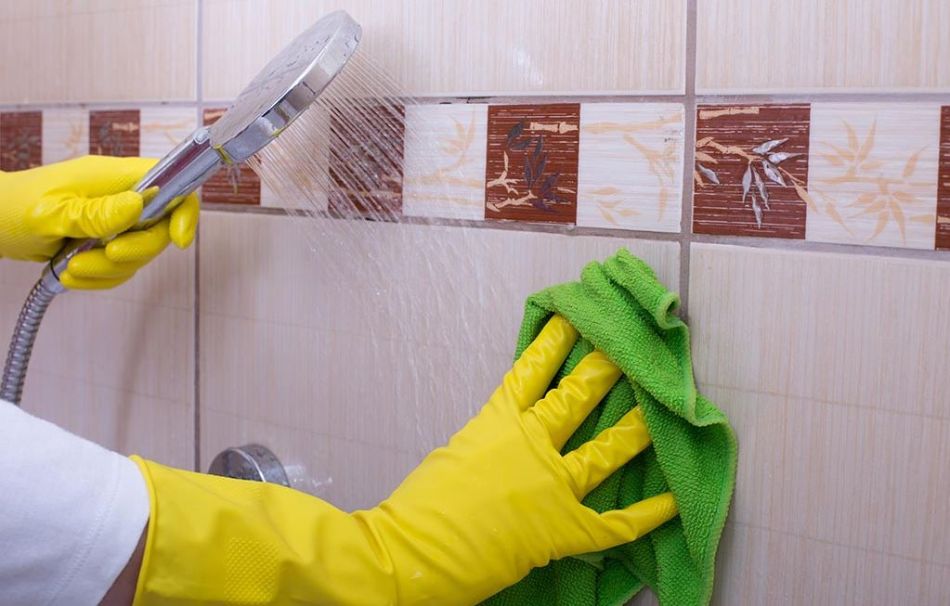
Yellow stains on a bathroom wall are nothing unusual, so you don’t need to worry. Regardless of the reason for their formation, there are methods you can use to remove yellow/brown stains. So let’s look at some of them:
Use Scrub Brush
Carefully scrub the yellow spots with a thick, soft brush. If you start cleaning and the stains are dry, you can first wet them with plain water. If the stains are stubborn and you can’t easily remove them with a brush, try putting a little bit of the cleaning agent you normally use at home.
Apply Bleach
If you tried everything to remove yellow stains from your wall, and they are still there, it’s time to try to solve the problem with bleach.
First, protect your hands with gloves. Put a gallon of water in a large container, then add 1 cup of bleach to the water. Mix everything. Take a clean sponge and dip it in the liquid. Then start brushing the yellow spots with the sponge. You should know that with the help of bleach, yellow stains can also be successfully removed from other surfaces in the bathroom, including the bathtub, shower pan, and toilet.
For those who want to learn more, be sure to read: What Are Black Spots In The Toilet Bowl?
How To Prevent Yellow Stains From Walls?
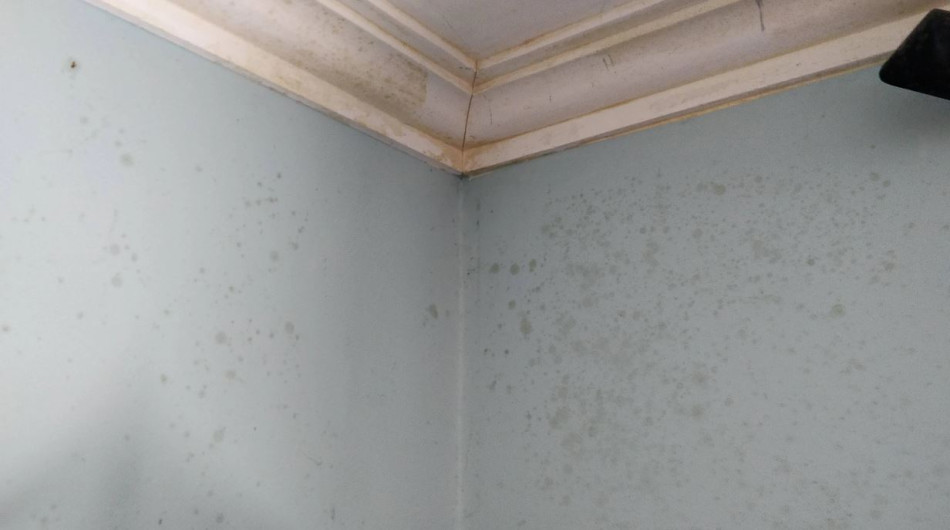
Whichever approach you use to remove yellow stains in the bathroom, you must know that each of them can ruin your bathroom wall. That is why the prevention of yellow spots should be taken seriously. Yellow stains in the bathroom are definitely a thing that should be prevented, not treated.
Install An Exhaust Fan
You can avoid yellow stains on the bathroom walls by ensuring adequate air flow in the room. If the room does not have a window that you can always keep at least slightly open, it is recommended to install an exhaust fan. The best choice is a fan that is adjustable between 90 and 110 CEM because, as such, it meets the requirements of most bathrooms. Remember that the fan will do its job well only if placed on a suitable duct.
Use A Dehumidifier
Using a dehumidifier, you can easily avoid the problem of moisture and condensation in the bathroom. It is a small appliance often used in households to ensure quality air, but rarely in bathrooms. A dehumidifier will effectively remove moisture from the air in the room. If you want to learn more about this device, be sure to read How Long Should A Dehumidifier Run Per Day?
A dehumidifier does not have to constantly run in the bathroom to be an effective prevention against yellow spots. It is enough to turn it on after you get out of the shower or bath, and you can be sure that the condensation will not leave yellow spots on the walls or ceiling.
Ventilate The Bathroom Using An Open Door
If you do not have a bathroom window and cannot invest in devices that can effectively fight condensation, a cheap and simple solution is to leave your bathroom door open while you are taking a shower or bath. Although this solution is not ideal for those who live in a household with more people, it can serve well for those who live alone or only with a partner.
Wipe The Bathroom After Each Shower
You can also prevent the appearance of yellow stains on your bathroom walls by wiping the surfaces in the bathroom with a dry cloth after each shower. In order for this move to be effective against the formation of yellow spots, it is important to wipe all surfaces that were exposed to moisture. This proposal may not sound appealing because it is too much work. But it’s still much easier to wipe down the bathroom after a shower than to deal with hard yellow stains on the walls.
Avoid Using Hot Showers
If you’re a fan of hot showers, which is the ideal way to relax at the end of the day, consider whether you can achieve this by taking a cold shower. You can prevent yellow stains on the bathroom’s walls by not taking a hot shower. Note that showering in cold water and reducing the humidity in the bathroom also strengthens your body’s circulation and gives you an energy boost.
Cigarette Smoke Can Also Cause The Yellow Stains
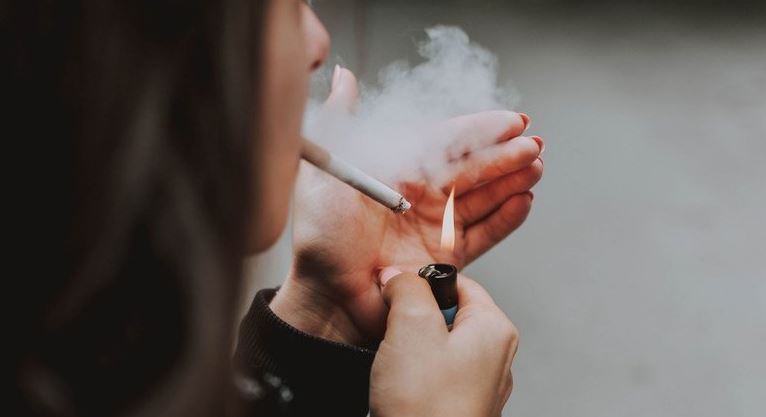
It is known that you can recognize smokers by their yellow fingers and teeth. Therefore, it is not surprising that rooms exposed to tobacco smoke for a long time can have yellow stains on the walls and ceilings. In the homes of smokers who avoid smoking in rooms where all family members stay, the highest risk of yellow tobacco stains on the walls is in the bathroom. When it’s cold outside, and the desire for a cigarette prevails, many smokers smoke in the bathroom.
Why? Most bathrooms have a built-in extractor fan that helps to expel cigarette smoke out of the house quickly. However, if you frequently smoke in the bathroom, even a fan will not help prevent yellow spots from appearing over time.
Yellow walls and ceilings in the homes of smokers are a common occurrence, even if smoking is avoided in some rooms due to air circulation through the home’s ventilation system. Therefore, it is best not to smoke in the house. But if you are already doing this, you must be aware that the walls and ceilings in your bathroom and other rooms in the house will need to be painted a lot more often.
Clean Smoke Stains By Using Vinegar
Smaller yellow spots that you just noticed on the bathroom walls can be removed with a household cleaner. An ideal choice is dish detergent. This method will be very effective if the walls in your coupon have a smooth finish. Yellow spots can also be removed with natural agents, preferably with vinegar.
Choose whether to mix water and vinegar in the spray bottle or use just vinegar, depending on the intensity of the stain color. As a last option, you can make a mixture of water, dish detergent, and baking soda. In one gallon of water, first, place 15 ml of detergent and then 1/2 a cup of baking soda.
Prevent Smoke Stains By Regular Cleaning
In any case, cleaning yellow stains from tobacco smoke in the bathroom is a very demanding job. If you have just finished scrubbing the walls, you are certainly not ready to do the same job again soon. Therefore, if you plan to continue smoking in the bathroom, it is recommended that you regularly clean the places where the yellow stains appear – at least once every two weeks. Of course, the best solution is to stop smoking or, if you are not ready to eliminate this habit, try to smoke outside your home.
If you have a bathroom that doesn’t have windows, be sure to read How to Properly Ventilate a Bathroom Without A Window?
Final Thoughts
As soon as you notice that yellow stains have appeared in your bathroom, you should immediately detect what is causing them and remove them from the wall. Regardless of the cause, it will be harder to get rid of them the longer you wait. Once you invest the time and money to make the yellow spots disappear, take precautions to prevent them from reappearing. I hope this article has helped you, and for any additional questions, feel free to comment below.


